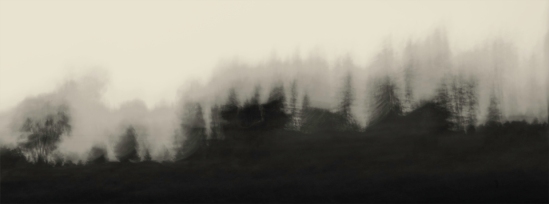follow up on previous post from 30 Nov 2011
In previous ( date ) post you read about not being too concerned about the result, looks, and artistic value of an image beyond the moment of clicking the shutter. Avoiding intellectual discourse before and during the image making process allows for the awareness of perception as it arises in the moment. Pre-conceived ideas, concepts, ideas from past images lingering in the mind, and labels all interfere with the eye and mind perceiving things as they are. Images can thus be just as they are, fresh and childlike.
Not pre-visualizing can be a good thing

Camera work can be for fun, for contemplative practice, earning a livelihood and paying the bills, to make pictures for others, for memories, for specific projects and intentions of use, and many other motivations may get us to pick up a camera and explore the world close and far.
With specific intention and purpose for an image being pre-determined, we can then guide the image making process accordingly toward the intended final image, and possibly towards providing an image that satisfies a customer and pays for our rent.
Pre-visualizing can be a good thing
In the beginning, the less images we have made, and the less images we have edited, developed, processed, the easier it is to not pre-visualize and anticipate an intentional outcome, as we do not really have much imagery experience for the mind to draw upon. Eventually, however, with more and more images in our repertoire of practice and experience, it will also become easier to be aware of the process that goes on in the mind as we walk with camera in hand.
We can practice both; we can know when one or the other is appropriate, and we can also become aware to notice when our mind drifts into one or the other at times when it may be inappropriate.
Soon, technical considerations of shutter speed, aperture, lens choice, etc., artistic deliberations on subject matter, composition, lighting, etc., all will become part of the intellectual mind blending with the creative mind without either fencing the other in and limiting the possibilities of a free flow of ideas, insights, perceptions, and intentions.
When we pay attention to what we are thinking, what we are looking at in the view finder, why we make selections of framing, focus, composition, etc., our images become more and more a reflection not only of the world, but also of ourselves.
And it is those kinds of photographs that can touch us and the viewer; arrest the minds, and make us stop and linger in the image, absorbed by we do not know what.
wishing all good health, joyful thoughts, and plenty of fine pics for the New Year




